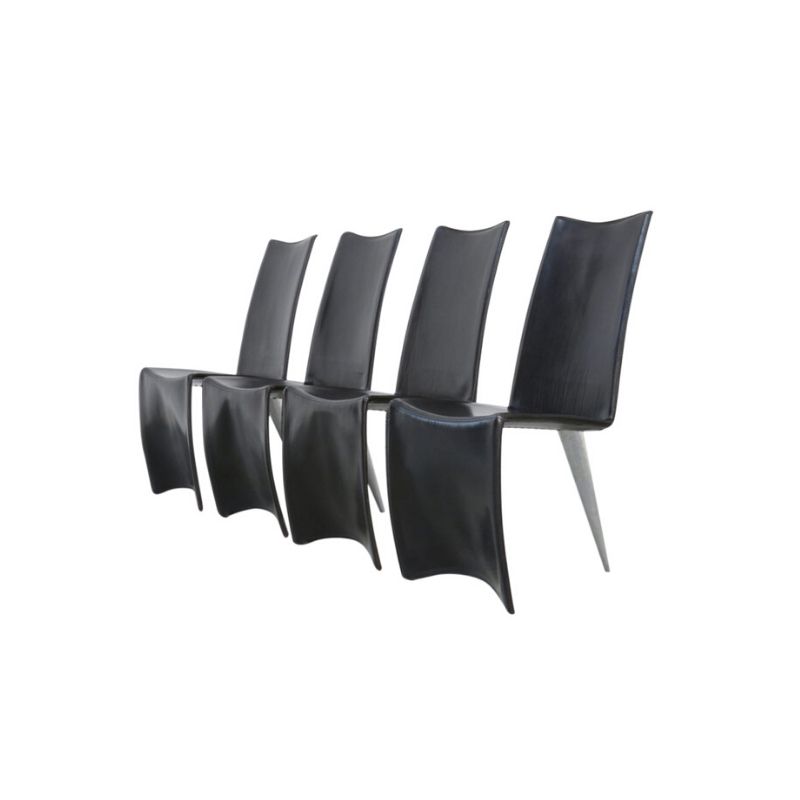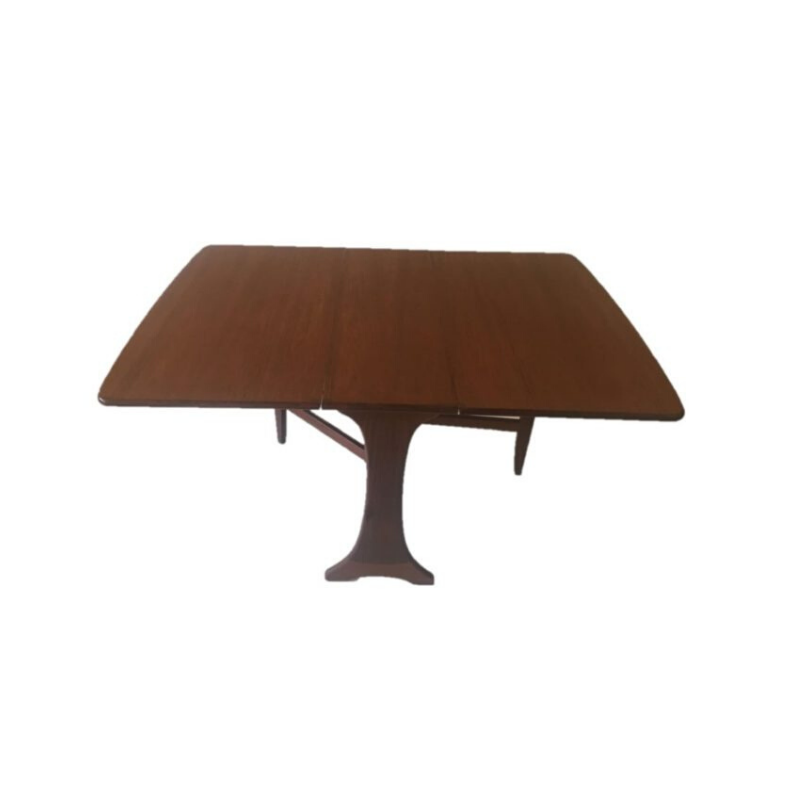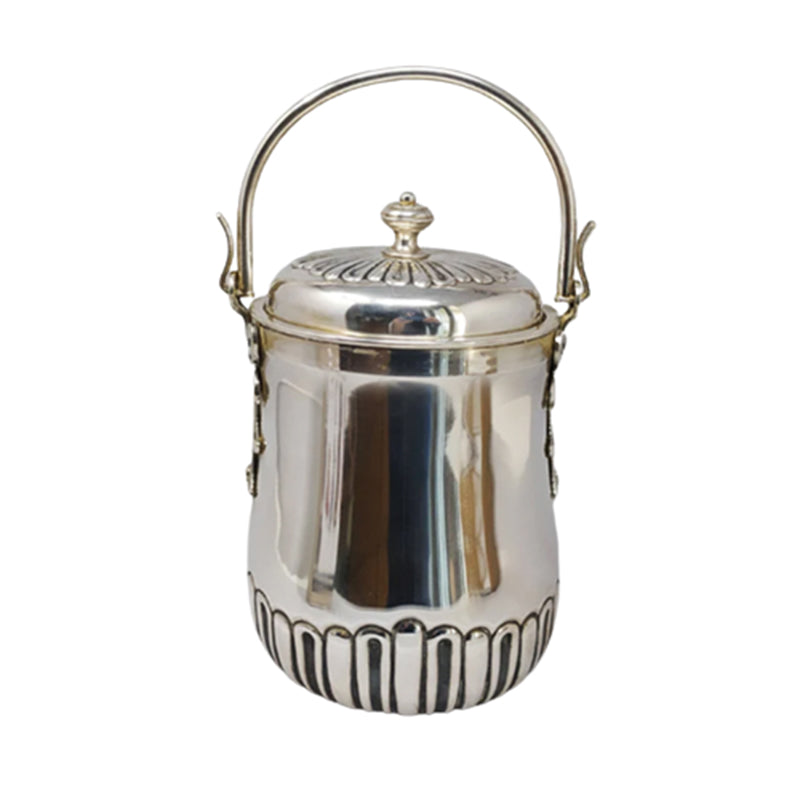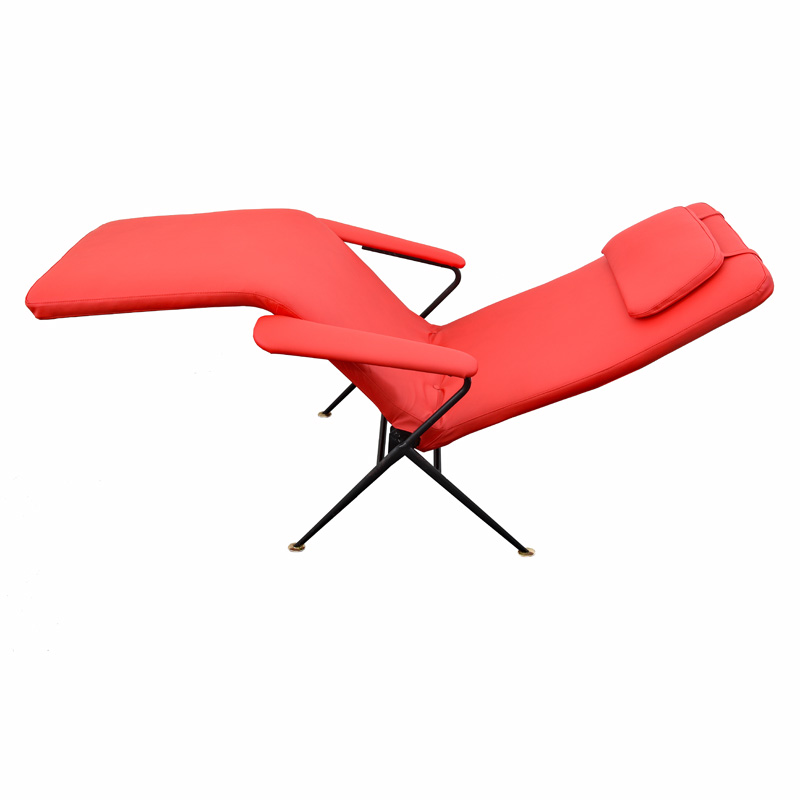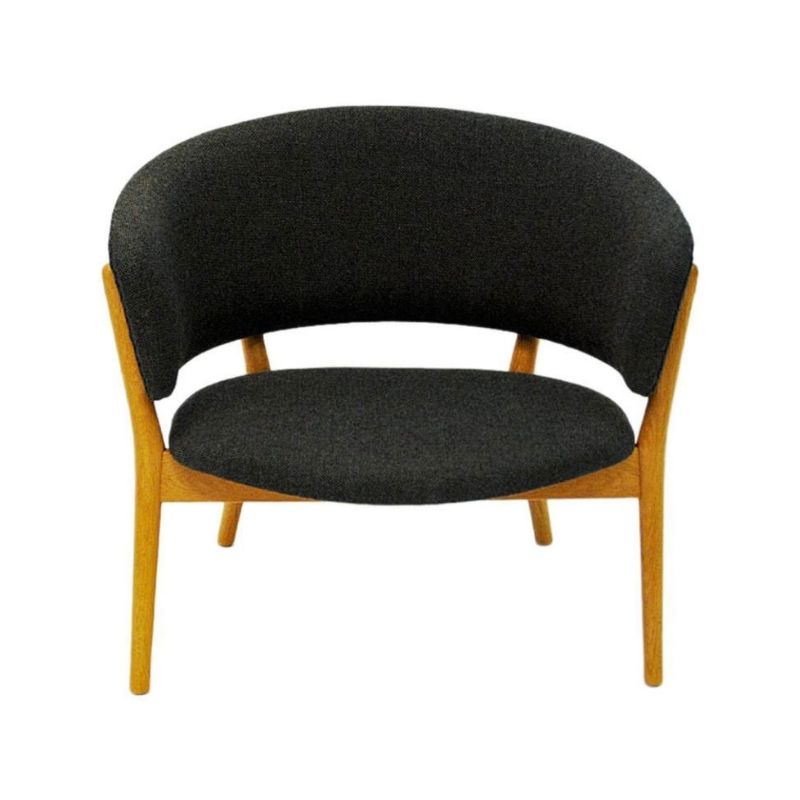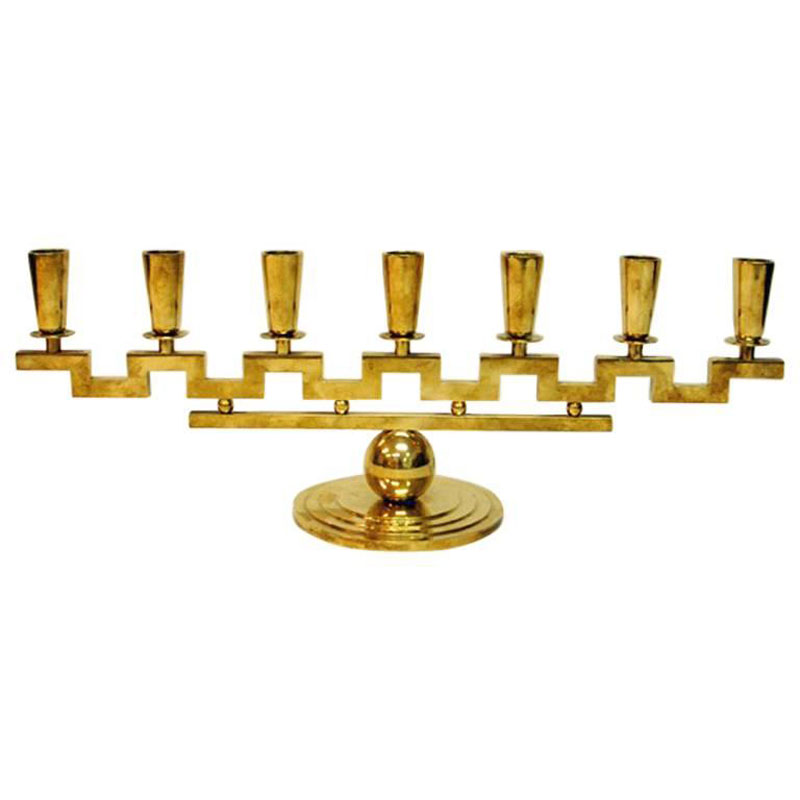I am having a Hans Wegner GE-236 sofa re-upholstered. I am planning to have the cushion covers done without zippers, and sewn shut in back by hand instead, as this is how the originals were done, and because I also prefer the look. One upholsterer I have been talking to expressed some concern that the Kvadrat Hallingdal fabric I want to use might not hand stitch very well due to its more open weave, and could fray. Is this something that I should be concerned about? I have also attached some photos of the original fabric on my sofa. If anyone recognizes it as a fabric that is still being produced, I would be curious to know what it is.

ups for got that the
original fabric is SAVAK by Gabriel
http://www.gabriel.dk/nc/textiles/textiles/savak/colours/
Simon is right
I've been sewing for many decades. Loose weaves can be sewn by hand or machine just as easily as other fabrics, you just have to leave a sufficient seam allowance (like 3/4").
I sometimes overcast the edges by machine before piecing together a cushion cover to keep them from fraying while assembling. This is also a good idea for removable covers that might be taken off for cleaning someday. I understand that this won't be an issue for you, but it's a very easy step that only takes a few minutes to do.
(Overcasting by machine is as simple as zig-zagging along the edge.)
Simon
I scheduled the upholstery on my Wegner GE236 sofa today, and told the upholsterer that I wanted the original sprung cushions to be retained. He said that they would present a problem if they were not in an acceptable condition. I asked what kind of issue they might have that could not be resolved, and (if I understood him correctly) he said something about springs with worn out fabric sleeves/coverings that cannot be replaced, and he also mentioned something about a machine he no longer possessed that was used to repair that kind of problem, but that he had got rid of it because he had no use for it anymore.
When I go in again I intend to have him make a notation on the work order that says not to replace the sprung cushions (or discard them) under any circumstances, and to call me if there is a problem. However, if there is a problem that has to be fixed, I think I should probably know what it might involve ahead of time, so that I am prepared to deal with if someone calls me and tells me they do not think my sprung cushions should be re-used.
Can you think of what problems I might be presented with that cannot be easily fixed, and would involve me either sending out the cushions for repair, or seeking out replacement parts for them?
You can buy replacement...
You can buy replacement innersprings for cushions from many upholstery supply places online. They're called Marshall units and they're not even expensive.
I think your guy would just rather not deal with it. Foam is easier but the springs can be done.
http://www.rochfordsupply.com/product_listing.asp_Q_ProdID_E_3468_A_SubC...
Spanky
Thanks. I had recently watched this video, detailing how the springs are wrapped with padding, and sewn inside a cover. I did not know where the springs could be purchased here in the U.S.A. though. I have a Grete Jalk chair that I may very well make some for.
One thing I notice about the sprung box cushions on my Wegner sofa is that I can feel through the upholstery fabric a very heavy wire that goes around the perimeter of the cushion, right under where the welt/seam is, creating more of a framework than a sprung cushion where the coils are simply wrapped in padding. Have you encountered this type? I have a Kofod Larsen chair made by OPE that also has the same kind of perimeter framework as the Wegner cushions.
I assume that if the fabric sleeves on the springs wears through, you get metal rubbing on metal from one spring to the other? Would that be the primary problem? Edit: Actually, it looks like the hour-glass shape of these springs is such that they can't really rub together, and they are attached to each other with hog rings at the top and bottom? In which case I can't quite see why the fabric covering on the springs would be of any kind of vital importance?
http://www.jamiltonupholstery.co.uk/tipofthemonthdetails.asp?id=59
The wire around the edge has...
The wire around the edge has a name but I can't think what it is. I believe it acts as a frame for the coils---they're all tied to each other with hog rings and then to the outer frame with hog rings, too. BUT I think it also serves to firm up the edge of the spring unit so that you don't feel like you're sliding off it.
You know how when you sit on one of those cheap chair things made of foam blocks that unfold into a cheap bed? And you feel like you're just going to slide onto the floor? That's what the outer wire thing is for. I think it's actually a spring of sorts. Innerspring mattresses have them for the same reasons.
As for the muslin covers on the springs, i never really thought about it but look at this photo that I just found. Maybe they're just packaged that way to make it easier to assemble the springs in a unit..?? Maybe they don't have to be hog-ringed together. Maybe the fabric is so you can just quick staple them into a unit of whatever dimensions fit your chair.
http://www.chervan.com/component_pgs/springs/marshall-units.html
Also found this
site with a drawing and labels and stuff, but they don't actually say why the fabric covering on each spring is necessary.
"Hog-rung" is starting to sound very funny.
http://www.barbermfg.com/marshall.htm
Thanks again Spanky. ...
Thanks again Spanky. Looking around on the web, I have now found about three websites that speak of the encasement on the springs being for noise and friction reduction. I also am not sure why I got the idea that the springs had an hour-glass shape to them, as all the Marshall Unit springs I am seeing just appear to be typical cylindrical springs.
http://www.beddingcomponents.com/comfortcore/
Not that it matters, but
I think the claims about noise and friction reduction may be a marketing ploy. Cotton muslin and now the thin, non-woven synthetic fabric used to encase the springs won't hold up over time between metal and metal. I don't think it would have any noticeable affect on sound, either, when the springs are also encased in cotton batting, foam, and heavy upholstery fabric (heavy compared to the stuff on the springs).
I suspect that you are right...
I suspect that you are right about the marketing aspect, and can see how mattress companies might have found that the inner workings of their mattresses looked a lot more comfortable to prospective clients when the springs are encased, rather than being a bunch of exposed wire. I would also have to agree that if springs were rubbing against each other, there is not much that would keep the fabric from wearing through very quickly when it is metal against metal.
In any case, my sprung cushions are not making any noise at all, being half a century old now, so I am going to insist that they be re-used.
If you need any help, please contact us at – info@designaddict.com



